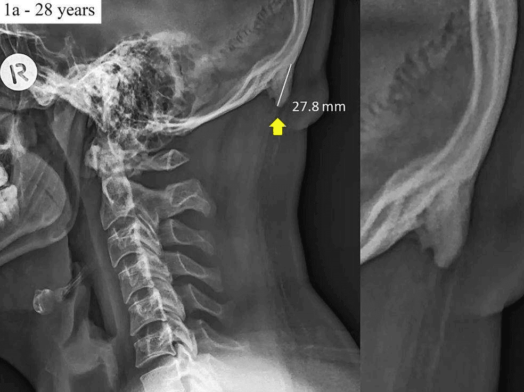Last March of this year marks the 150th anniversary of the creation of the periodic table. To commemorate this – one of the most important scientific achievements ever made – the United Nations has designated 2019 as the International Year of the Periodic Table.
It was in March 1869 when Russian scientist Dmitri Mendeleev arranged into a table all 63 elements known at that time. The arrangement was based on each element’s atomic mass, as scientists then did not know much about the other properties that made up the elements. But Mendeleev’s original concepts proved to be sound even decades later – standing the tests of time and later discoveries.
Mendeleev was not the first to attempt a sensible and cohesive arrangement of the elements; but his design, which also grouped together elements with similar properties and left gaps where new elements, or elements that were yet to be discovered, would be placed, was and remains to this day a stroke of genius. Mendeleev figured out a natural order for the elements even before he, nor any other scientists at that time, knew anything about subatomic properties and despite the fact that arranging the elements based on their atomic weights was not the most accurate plan as these numbers had not been accurately calculated yet.


A version of the periodic table based on Mendeleev’s original table.
Today’s periodic table of elements now contains more than 100 elements arranged in ascending order based on their atomic number, or the number of protons in the nucleus. The shift in order – from using relative atomic mass to using the atomic number – was implemented soon after the discovery of protons.
The innate properties of the elements are such that their placement on the periodic table also naturally groups them according to their similarities and how they relate to one another. And even Mendeleev’s original layout depicted this.
While the elements are ordered according to their atomic number, for example, they are also naturally grouped into metals, which are mostly on the left side; nonmetals on the right side; and noble gases which make up the right-most column.
The most updated version of the Periodic Table, with the seventh period having been completed with the addition of four new elements (created in the lab) last December 2015. (Ibid.)
Here’s another amazing elemental relationship: As you will see on the periodic table above, Cl (chlorine, 17), Br (bromine, 35), and I (iodine, 53) are all lined up vertically. German chemist Johann Wolfgang Döbereiner referred to these three elements as a “triad.” As published on ScienceNews.org, “Bromine’s atomic weight of 79.90 is halfway between chlorine’s (35.45) and iodine’s (126.90), and all react readily with metals to form salts. Döbereiner recognized such relationships in 1817, more than a half century before Mendeleev proposed his table.”
According to Dr. Peter Wothers, a chemist who teaches at the University of Cambridge, in an article published on BBC.com, “The periodic table is now a thing of both beauty and practical use.” He adds, “ You can understand certain things just by considering the place of an element in this table, or in this arrangement, that’s why it’s so useful to chemists.”















